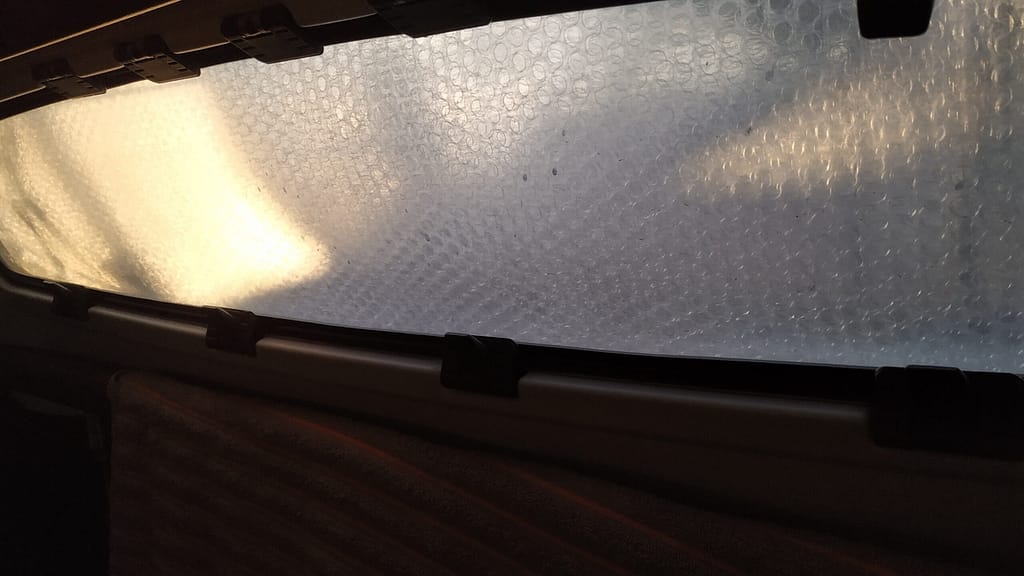Links
Harbors
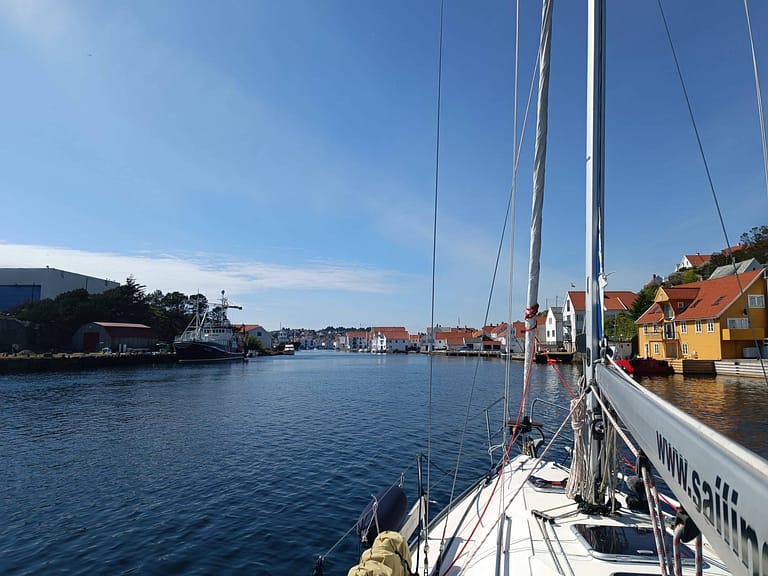
The best harbor guide on the internet. Norwegian harbor guide is an up-to-date website where users are invited to enter information from ports they visit, this means that the information you find in the guide is mostly completely up-to-date. In addition to information about the port, you will also find information about which wind directions the port is exposed to. If you create a user on the website, you will get access to more information about the various ports. There are also descriptions of ports outside Norway. The website can be translated into several languages. A must for all recreational skippers along the coast of Norway.
Route planning
One of the sites we use often is Ohoi. This is part of the website barentswatch.no and she finds a lot of information about the coast and sea areas. On their main page you will find a link to the page Ohoi which is a route planner for the leisure fleet that gives you wave height, wave direction, wind and several other things on your planned route. Ohoi is also available as an app and is an absolutely fantastic tool for us who travel in the areas along the coast. We use this actively when we plan longer tripsHighly recommended. The pages are available in both Norwegian and English.
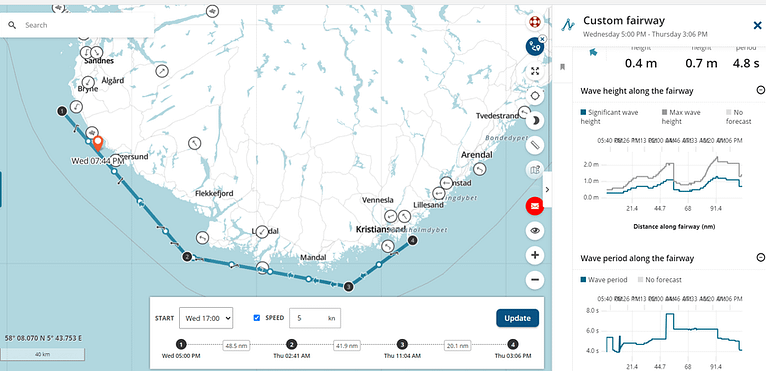
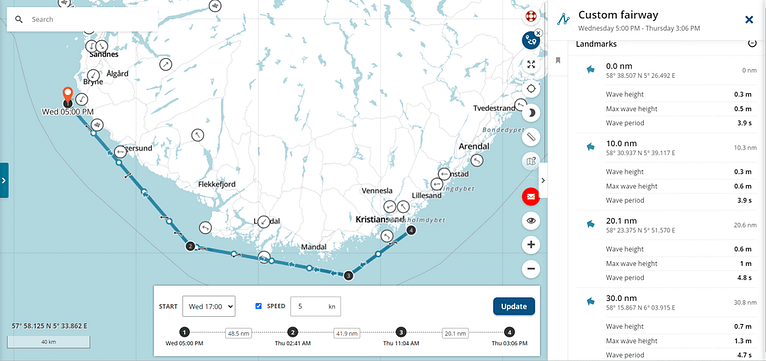
In the pictures above you see a route I have set up. In the sidebar on the right, you get a lot of detailed information about wave height etc.
Tips
Ferrite
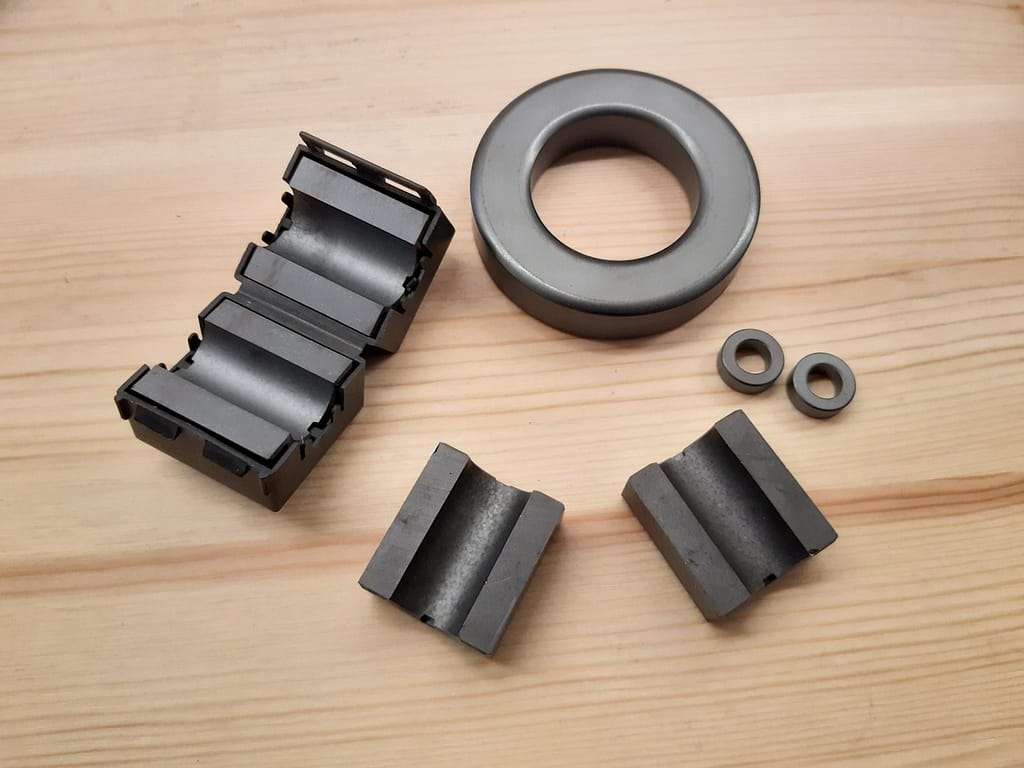
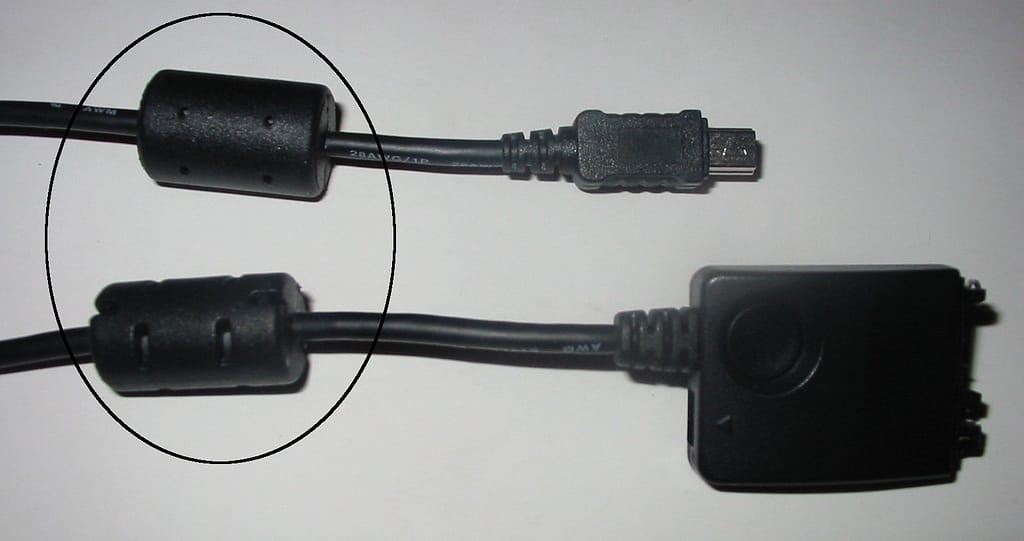
Ferrite cores, also known as ferrite material, are used in electrical appliances and components for several reasons, including to reduce electrical noise and improve performance. Here are some ways they can help reduce electrical noise:
EMI (Electromagnetic Interference) Suppression: Ferrite cores absorb and attenuate high-frequency electromagnetic interference that can cause electrical noise in other devices. They act as a kind of filter to reduce unwanted radiation.
Prevents Conducted Noise: Ferrite cores can be placed around power cables to reduce conducted noise that is transmitted from one device to another through power lines. This can be especially useful when you have multiple devices connected to the same circuit.
Common Mode Noise reduction: Ferrite cores can help reduce noise that occurs when direct current flows in opposite directions on the two wires in a power cable pair (common mode noise). This often happens when electrical appliances create unwanted noise.
Radio Interference (RFI) Suppression: Ferrite cores can also help reduce radio frequency interference that can affect TV or radio sets. They act as a filter to prevent RFI from entering the device.
To use ferrite cores to reduce electrical noise, you can easily place them around power cables that approach the affected devices. It is important to note that ferrite cores come in various sizes and shapes, and choosing the right type depends on the application and the frequency of the noise you are trying to reduce.
Note that while ferrite cores can help reduce electrical noise, they are not always a complete solution, especially if the noise comes from more complex problems in electrical circuits. If the problem persists, you may want to consult an electrician or technician to identify and resolve the source of the noise.
Winter tips
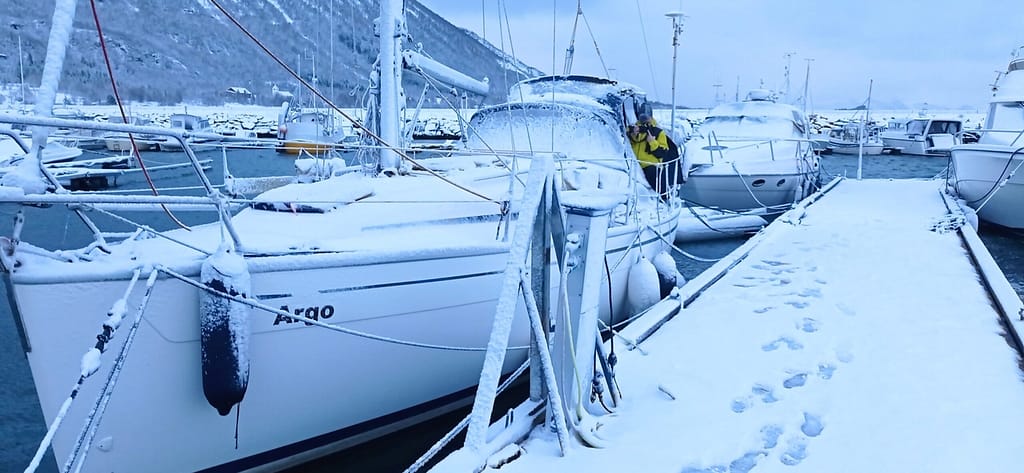
Insulated hatch covers
If you plan on using your boat during the winter months, there are a few simple tricks that can help you keep the cold out and prevent condensation inside.
One effective method we’ve employed is creating custom covers for the hatches on the boat’s roof. We’ve sewn these covers to perfectly fit the hatches, and on top of them, we’ve placed square pieces of foam sleeping pads, securely held in place by the covers. This ingenious solution has proven highly effective in preventing condensation from forming on the aluminum surfaces.
By implementing these measures, you can ensure that your boat remains comfortable and free from the moisture-related problems that often plague winter boating. Here`s a video from the production of the covers.
Insulating windows

The windows on our boat have throughout aluminum frames, which means that the frame is exposed both internally and externally. Aluminum is an excellent conductor of heat, and this leads to an issue during the winter months. Due to the cold external temperatures, the aluminum frames become chilly. Inside the boat, these cold frames come into contact with warm and humid air, causing the moisture in the air to condense on the cold aluminum surfaces. If the temperature drops low enough, this condensation can freeze into ice.
Subsequently, when the external temperature rises or the indoor temperature increases sufficiently, the ice will transition back into water and start dripping from the window sills. To counteract this problem, we apply bubble wrap, usually using 2-3 layers, on the exterior of the windows and secure it in place with tape. While this may not enhance the boat’s appearance, it effectively prevents condensation. Please remember to check if the tape can be easily removed after application, as inexpensive tapes tend to be very thin and make removal almost impossible.
The downside of covering hatches and windows is that it can darken the interior of the boat. However, bubble wrap offers a slight advantage over many other alternatives as it allows some light to filter through while also obstructing visibility from the outside.
